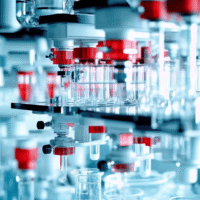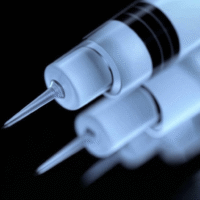Understanding the Study Results
This study looked at how brain connections can help predict how well patients with depression and anxiety will respond to different treatments. Here’s what they found:
What Worked?
- The study showed that patterns of brain connectivity can predict treatment outcomes. This means that doctors might be able to tell how well a patient will respond to therapy before they even start.
- These predictions were accurate for different types of treatments, including cognitive-behavioral therapy (CBT), medication (SSRIs), and supportive therapy.
What Didn’t Work?
- The predictive ability of brain connectivity decreased when fewer brain systems or treatment outcomes were considered. This means that for the best predictions, more information is needed.
How Does This Help Patients and Clinics?
By understanding brain connectivity patterns, doctors can personalize treatment plans for patients. This means patients may receive the most effective therapy for their specific needs, leading to better outcomes.
Real-World Opportunities
- Hospitals can use brain imaging to help identify the best treatment options for patients with depression and anxiety.
- Doctors can start using these findings to tailor therapies based on individual brain patterns.
Measurable Outcomes
Clinics should track:
- Changes in depression and anxiety symptoms after treatment.
- Patient feedback on their treatment experience.
- Brain connectivity patterns before and after treatment.
AI Tools to Consider
AI tools can help analyze brain imaging data and predict treatment outcomes. Some AI software can assist in interpreting brain scans and identifying patterns that may not be visible to the human eye.
Step-by-Step Plan for Clinics
- Start by educating staff on the importance of brain connectivity in predicting treatment outcomes.
- Introduce brain imaging technology in your clinic to gather data on patients’ brain patterns.
- Begin with a small group of patients to test the predictive model and gather feedback.
- Gradually expand the use of these techniques to more patients as you build confidence and expertise.
- Regularly review and adjust treatment plans based on the data collected and outcomes observed.
For more details on this research, you can read the full study here.



























